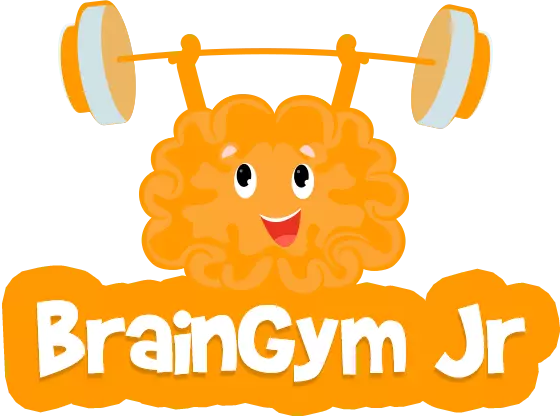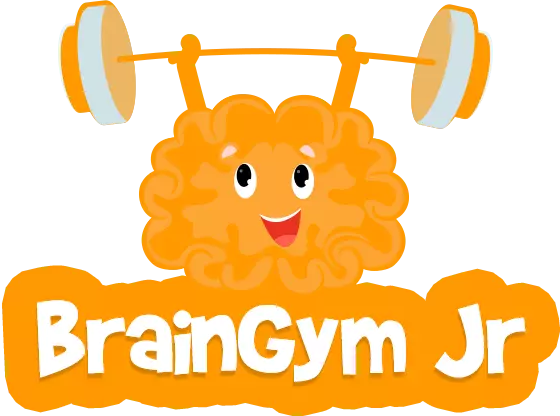The Benefits of Collaborative Learning for Children
In today's interconnected world, the ability to work well with others is crucial. Collaborative learning, which involves students working together in pairs or groups to solve problems, complete tasks, or understand new concepts, has become an essential part of modern education. This approach not only enhances academic achievement but also helps develop social and interpersonal skills that are vital for success in life.
Teamwork is a fundamental aspect of collaborative learning. From the classroom to the workplace, the ability to work effectively with others is a skill that is highly valued. In the professional world, many organizations prioritize hiring team players because they understand that collaboration leads to greater productivity and innovation. Some companies even hire entire teams rather than individuals, recognizing that a cohesive group can hit the ground running and achieve more together than separately.
Furthermore, collaborative learning prepares children for the realities of the workforce. The days of isolated work are fading, and most jobs now require some level of teamwork. By engaging in collaborative learning activities from a young age, children learn how to communicate effectively, negotiate roles, and appreciate diverse perspectives. These experiences are invaluable, as they build the foundation for future success in any career.
Benefits of Collaborative Learning
Enhanced Communication Skills
Collaborative learning naturally encourages children to express their ideas, listen to others, and engage in meaningful dialogue. For example, when working on a group science project, each child must articulate their thoughts clearly and understand their friends’ contributions. This process enhances both verbal and non-verbal communication skills, making children more effective communicators.
Another effective way to improve communication skills is through the audio stories available on BrainGymJr. These stories allow children to enhance both their spoken and written English by engaging with real-world scenarios.
Increased Motivation and Engagement
Children are often more motivated and engaged when they work with their peers. The collaborative environment fosters a sense of accountability and shared responsibility. For example, in a classroom debate, students are motivated to contribute their best arguments to help their team succeed. This increased engagement can lead to a deeper understanding of the subject matter and higher academic achievement.
Improved Social Skills
Working in groups helps children develop social skills such as empathy, patience, and cooperation. For instance, in a group reading activity, children must take turns, share resources, and support each other's learning. These interactions teach children how to build and maintain positive relationships, an essential skill for personal and professional success.
Enhance your social skills with the chat feature on BrainGymJr. Collaborate on challenging problems with friends and find solutions together, even when you're not in the same room.
Development of Critical Thinking and Problem-Solving Skills
Collaborative learning requires children to think critically and solve problems collectively. For instance, when tasked with building a model bridge using limited materials, children must brainstorm, plan, and execute their ideas as a team. Different perspectives help overcome any obstacle. This process enhances their ability to analyze situations, think creatively, and develop effective solutions.
Exposure to Diverse Perspectives
Working with peers from different backgrounds exposes children to diverse perspectives and ideas. For example, in a history project, children from different cultural backgrounds may offer unique insights into historical events. This exposure helps children develop a broader worldview and fosters respect for diversity.
Preparation for Real-World Challenges
Collaborative learning mirrors the collaborative nature of most professional environments. For instance, participating in a school play requires children to work together, from actors and directors to stage crew and costume designers. This experience teaches them how to work with different departments, navigate complex tasks, manage time, and work towards a common goal, preparing them for the challenges of the real world.
Building Confidence and Self-Esteem
Successfully contributing to a group task can significantly boost a child's confidence and self-esteem. For example, a child who helps their team win a math competition feels a sense of accomplishment and pride. This positive reinforcement encourages children to take on new challenges and believe in their abilities.
Collaborative learning offers numerous benefits that extend beyond the classroom. By fostering essential skills such as communication, teamwork, and critical thinking, it prepares children for the demands of the modern world. Encouraging collaborative learning from an early age sets the stage for a future generation of confident, capable, and empathetic leaders.
"Alone we can do so little; together we can do so much." – Helen Keller


